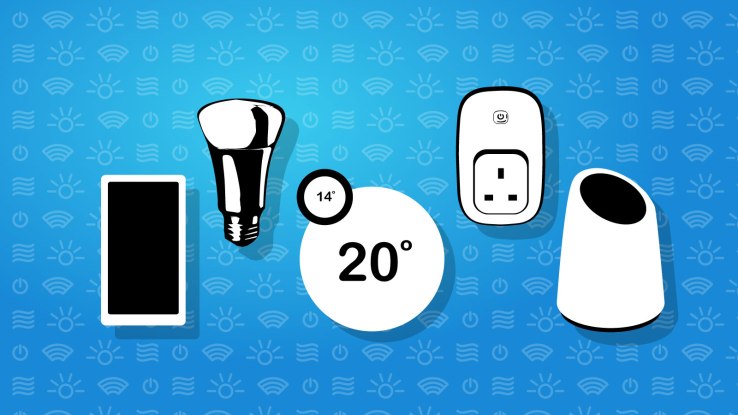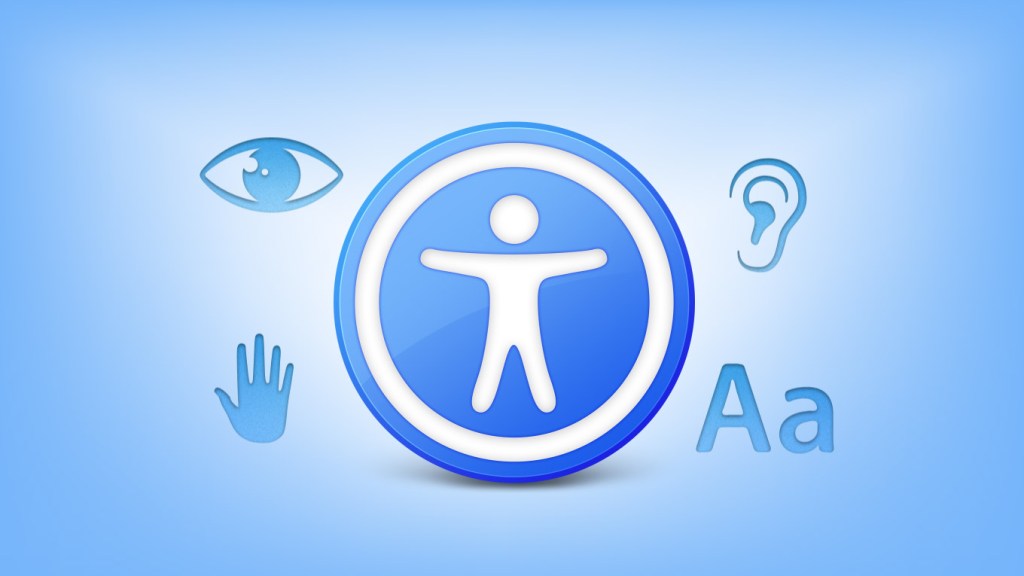
Steven Aquino Contributor
Steven Aquino is a freelance tech writer and iOS accessibility expert.
People like to point to 1989’s Back to the Future II[1] as presciently showing technologies that exist today. Video conferencing, for example, was futuristic 28 years ago, but people FaceTime all the time nowadays.
The film even predicted the Chicago Cubs would win a World Series, which (finally!) happened last season in seven games against Cleveland.
Another advancement filmmakers got right was the idea of the smart home. In the scenes where Future Marty McFly is home[2], computers are greeting him when he comes though the door, helping his son change the channel on the television and cooking pizza after being told the preferred hydration level.
In 2017, the promise of the smart home is more or less reality. Companies like Apple and Amazon are using Siri and Alexa, respectively, to help customers control almost every aspect of the home. From controlling door locks to light switches to thermostats and more, the burgeoning capabilities of these intelligent assistants are making tasks such as turning on the lights in the living room doable by just the sound of your voice or the tap of a button on your phone.
However convenient and futuristic, one area where the smart home has enormous potential (and pitfalls) is accessibility. For people with physical motor impairments, the ability to open doors and flip switches with only your voice has the potential to make the home more accessible than ever before.

Home accessible home
In an analog sense, homes have long been enhanced with various...
Read more from our friends at TechCrunch